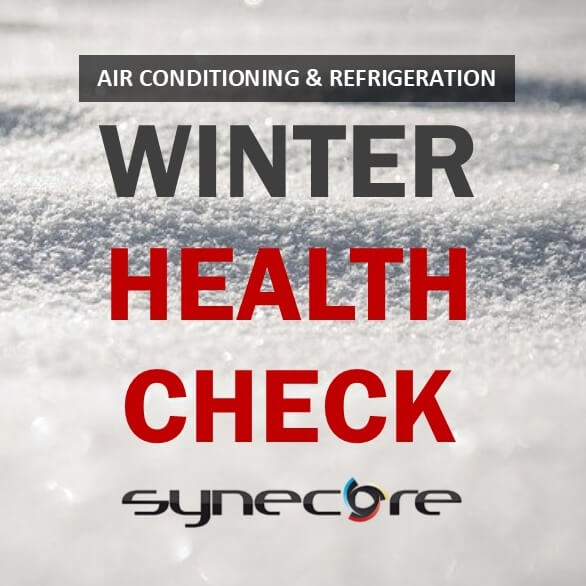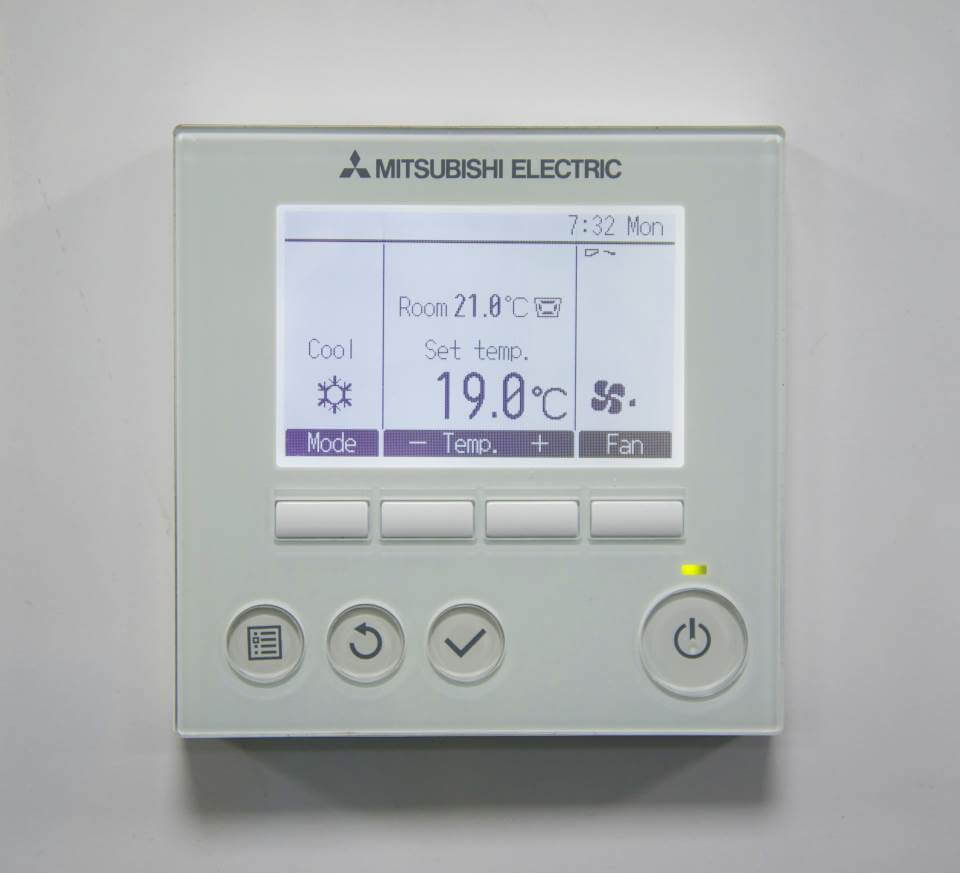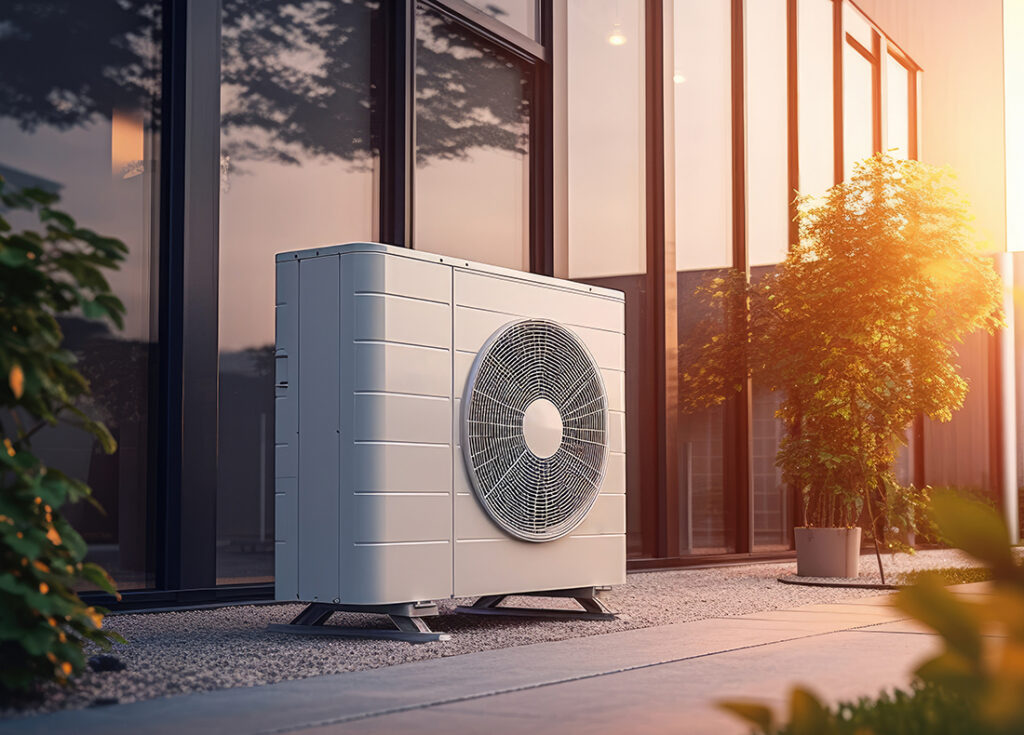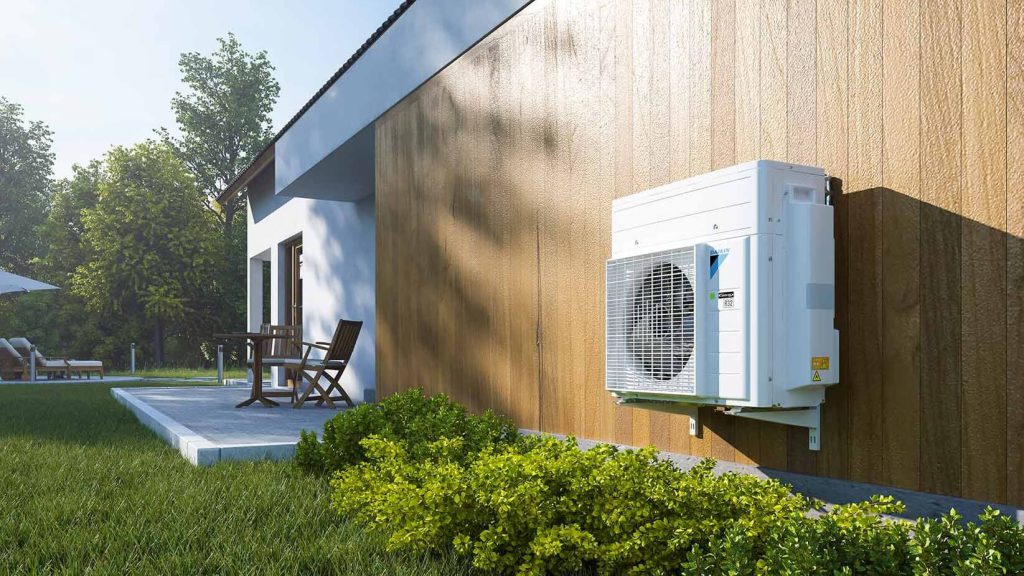The Top Benefits of Good Quality Heating, Ventilation and Air Conditioning During the Winter

Estimated reading time 12 minutes
In previous articles we’ve written we’ve discussed how heating, ventilation and air conditioning can have a huge impact during the summer months and how heat can impact a business if commercial air conditioning is not fitted or if it breaks down during a hot spell. In fact this year the UK has suffered from ever changing temperatures including a heatwave, reaching as high as 34°C (93.2°F) in June (one of the warmest days in the UK for forty years) so air conditioning was even more important. You can read how air conditioning is fundamental in any number of businesses e.g. how air conditioning is vital to the comfort of hotel guests or how office, restaurant and hotel air conditioning planned preventative maintenance is essential to guarantee customer satisfaction and staff productivity and how to many businesses including restaurants, fast food outlets, hotels, in fact anywhere that serves food, commercial refrigeration is essential and it’s vital that it is always operating efficiently and safely. It’s clear that air conditioning is critical when the outside temperature is warm or hot.
At This Time of Year Our Thoughts Turn to Keeping Warm
As winter approaches and is upon us our thoughts turn to trying to keep warm. It’s interesting to note that when people think of air conditioning they are more likely to think of lowering the temperature and keeping buildings cool. However heating, ventilation and air conditioning systems also play a major role in maintaining a building’s temperature during the autumn and winter months of the year. Clearly during the winter months cold weather is (mostly) the norm and heating, ventilation and air conditioning systems need to change from cooling to heating to keep buildings warm and comfortable for staff, visitors and guests. However it’s not just “heating” that an HVAC brings during the winter months. As well as maintaining a comfortable room temperature an HVAC system also comes with other winter benefits.
Other Heating, Ventilation and Air Conditioning Benefits
It’s easy to think of your HVAC system is just there to keep you cool or warm. However good quality heating, ventilation and air conditioning systems can provide many benefits, a few of which are listed below:
Maintaining optimised indoor comfort
One of the benefits, if not the main purpose of a heating, ventilation and air conditioning system, during the autumn and winter is to keep a room or building warm so that its occupants are able to comfortably stay, work or eat there. The temperature in a room or building can play a major role in comfort, health and wellbeing, have an impact on productivity and provide a range of protections. Read on to find out more.
Health and wellbeing
It's important for your health that any building you go in to is warm and dry. Cold and damp buildings are linked to poor health. According to NICE, the UKs National Institute for Health and Care Excellence winter weather has a direct effect on the incidence of: heart attack, stroke, respiratory disease, flu, falls and injuries and hypothermia. Indirect effects also include mental health problems.
Public Health England's 2014 Cold Weather Plan notes, “Indoor temperatures of 12°C or less can cause a constriction in the blood vessels, resulting in a rise in blood pressure. Thickening of the blood further increases the risk of clots. If these clots form in the heart and brain vessels, they can lead to heart attack and stroke.
Exposure to cold indoor temperatures suppresses the immune system; diminishes the lungs’ capacity to fight off infection; and increases constriction of the airways which stimulates mucus production. These factors are associated with an increased risk of bronchitis and pneumonia.”
Maintaining an indoor temperature of around 18°C (64 °F) (which according to the World Health Organization is “the standard for comfortable warmth for normal, healthy adults who are appropriately dressed)” is important. However it’s not just about maintaining a comfortable warmth, it’s also clearly important to health and wellbeing.
Impact on work efficiency
Temperatures in the workplace are covered by the Workplace (Health, Safety and Welfare) Regulations 1992 and place a legal obligation on employers to provide a ‘reasonable’ temperature in the workplace. The Approved Code of Practice and guidance suggests the minimum temperature in a workplace should be 16°C plus or at least 13°C if the work involves rigorous physical effort. It’s important to note that these temperatures are not an absolute legal requirement however employers have a duty to determine what reasonable comfort will be in their particular workplace circumstances.
Obviously the guidelines above leave it open to employers to determine the “best” temperature to set within their workspace however to steer what temperature is the “right” temperature there have been numerous studies which have looked at how office productivity is influenced by temperature.
One such study was carried out in by Helsinki University of Technology and the Lawrence Berkeley National Laboratory suggested in 2006 which states “… performance increases with temperature up to 21-22°C (69.8 to 71.6°F). The highest productivity is at a temperature of around 22°C (71.6°F).”
A further study by Cornell University has shown the optimal temperature for office productivity is 25°C (77°F). Alan Hedge, professor of design and environmental analysis and director of Cornell’s Human Factors and Ergonomics Laboratory explained “At 77 degrees Fahrenheit, the workers were keyboarding 100 percent of the time with a 10 percent error rate, but at 68 degrees, their keying rate went down to 54 percent of the time with a 25 percent error rate. Temperature is certainly a key variable that can impact performance. We expected that when you cool people down, they work harder and better… We found the exact opposite. When it was cool to colder in the office, people did less work and made more mistakes.”
In the Cornell study it was shown that a reduction in temperature resulted in a drop in employee performance which “was costing employers 10% more per hour, per employee.” This was backed up by a study by The Facilities Management Journal which suggested that “2% of office hours are wasted each year due to problem office temperatures. This equates to losses to the UK economy of around £13 billion each year (assuming an average wage of £26,500; 29.84m UK employees and a 228 day working year)”.
Another important point to note is that in many office spaces different room temperatures can bring benefits e.g. having “custom temperatures” in different rooms can provide ideal working conditions or relaxing environments e.g. in a room where staff will be brainstorming or being creative the ideal temperature should be around 22°C (71.6°F), freeing up energy for creative efforts rather than expending energy trying to keep warm. In an area where staff may want to relax a cooler temperature might be more appropriate. An HVAC system can provide the ability to change room temperatures to suit business needs so you can customise the temperature as required.
Protection of business critical electrical equipment
Colder weather isn’t by itself a major problem for electrical equipment. Computers are far more likely to suffer from issues when temperatures are higher, which is why air conditioning systems have to work much harder during the summer months to try to keep things cool. However, cold can affect some equipment from running efficiently if temperatures get cold enough, especially any piece of equipment with a battery. Batteries rely on chemical reactions to work, and cold temperatures can slow or stop those reactions.
What business critical electrical equipment do need is a 24/7 temperature, humidity and power-controlled environment. When temperature and humidity fluctuates it can lead to problems e.g. damage of internal components. A heating, ventilation and air conditioning system can maintain a fixed temperature keeping equipment stable and working efficiently and remove the heat generated by electrical equipment to maintain the room temperature. For example a company running a server room for its computers needs the room temperature to be kept around 20-21°C (68-71°F).
Preventing mould and mildew
Mould and mildew (forms of fungus) can be a problem at any time of the year; however it’s more likely to become an issue during the winter and spring. This happens when condensation builds up due to warm air meeting cold walls or windows, providing the perfect environment for mould or mildew to grow. Mould thrives in damp or humid spaces.
In any environment where there is no HVAC system, there can be a build up of condensation. From kitchens where there are lots of boiling pots creating steam to an office environment where electrical equipment creates heat to someone using a shower in a hotel room, condensation can result, which in turn, can cause in issues.
As some forms of mould and mildew (e.g. black mould, otherwise known as Stachybotrys chartarum) can cause a number of health issues including respiratory problems it’s important to control temperature, ventilation and humidity. As we’ve written about in a previous article an HVAC can dehumidify the air as well as control the temperature making buildings less hospitable to allergens such as mildew and mould. This also results in removing odours that can accompany mould and mildew.
Indoor air quality
Winter months are synonymous with the flu, colds and coughs and it’s when you are most likely to encounter poor air quality. Cold winter air and any number of air transmitted allergens are also known triggers for many asthma sufferers. As well as asthma poor air quality can also result in other health symptoms such as headaches, dizziness, and a number of allergies leading to itchy eyes, a scratchy throat and a running nose.
Your heating, ventilation and air conditioning system can play a role in maintaining good quality indoor air and maintain the right humidity. Air conditioning filters the air they take in thereby removing allergens e.g. dust, pollen, mould spores, germs, chemicals and volatile compounds, smoke and mites and insects which in turn can have a large positive impact on health. HVACs play a major role in keeping the air clean within a building.
By cleaning the air, air conditioning systems can alleviate and prevent many health issues. This is backed up by a number of doctors and specialists.
Clifford Bassett, MD, founder and medical director of Allergy and Asthma Care of New York and author of The New Allergy Solution explains: “If you’re someone who has indoor allergies, having A/C could actually help filter out some of the pollen, mould, and pollution that are in the air, which could make your symptoms more tolerable”.
William Fisk, leader of Lawrence Berkeley National Laboratory’s Indoor Environment Group who has conducted research on indoor environments since 1980, has authored or co-authored approximately 100 related journal or conference papers also states: “AC also enables windows to be maintained closed and AC systems usually contain filters that remove particles from the circulated air. With AC and closed windows, indoor concentrations of outdoor air pollutants such as particles, ozone and allergens are decreased.”
Dr. Mark Aronica, a staff member of the Department of Pulmonary, Allergy and Critical Care Medicine, as well as the Department of Pathobiology, specialising in asthma and allergic disorders says: “For patients with allergies and other underlying respiratory diseases such as COPD/Emphysema, staying indoors with the air conditioning on and the windows closed, reduces exposure to outside pollens and pollutants.”
Of course your HVAC can only protect buildings and people if it is properly maintained. This can be achieved by changing air filters regularly and cleaning ducting and vents. In essence making sure your air conditioning is clean and ready to filter out any particulates that could cause harm.
Preventing burst pipes
When cold weather strikes, so does the likelihood of water freezing in pipes, increasing the chance of burst pipes in unheated spaces. Pipes freeze because when water freezes it takes up more space inside your pipes than when it’s in its liquid form. As a result the water expands and causes the pipe to buckle. This buckling can then result in the rupturing of the pipe, leading to serious leaks and flooding. This is clearly not something any business wants to deal with as water damage repairs can be costly resulting in thousands of pounds for repairs. British gas reports that The Association of British Insurers (ABI) estimates that the cost of insurance claims for a burst pipe can rise to around £7,500 during freezing weather.
By maintaining the temperature within a building (alongside a number of other preventative measures e.g. insulating pipe work and encouraging warm air flow), above that of freezing point (as a general rule, it is recommended to keep temperatures above 13°C (56°F), especially during sub-zero temperatures), you can avoid pipes bursting and thereby avoid costly water damage bills.
Expert Heating, Ventilation, Air Conditioning and M&E Contractors
As expert Heating, Ventilation, Air Conditioning and M&E Contractors Synecore work with clients across Kent, London and the rest of the UK to supply top of the range air conditioning and comprehensive Planned Preventative Maintenance (PPM) contracts for your businesses air conditioning system.
To find out how Synecore can help get in touch with our head office in Sittingbourne, Kent for more information. You can call us on 01795 509509, email us at sales@synecore.co.uk or get in touch via our contact form. We look forward to working with you.



